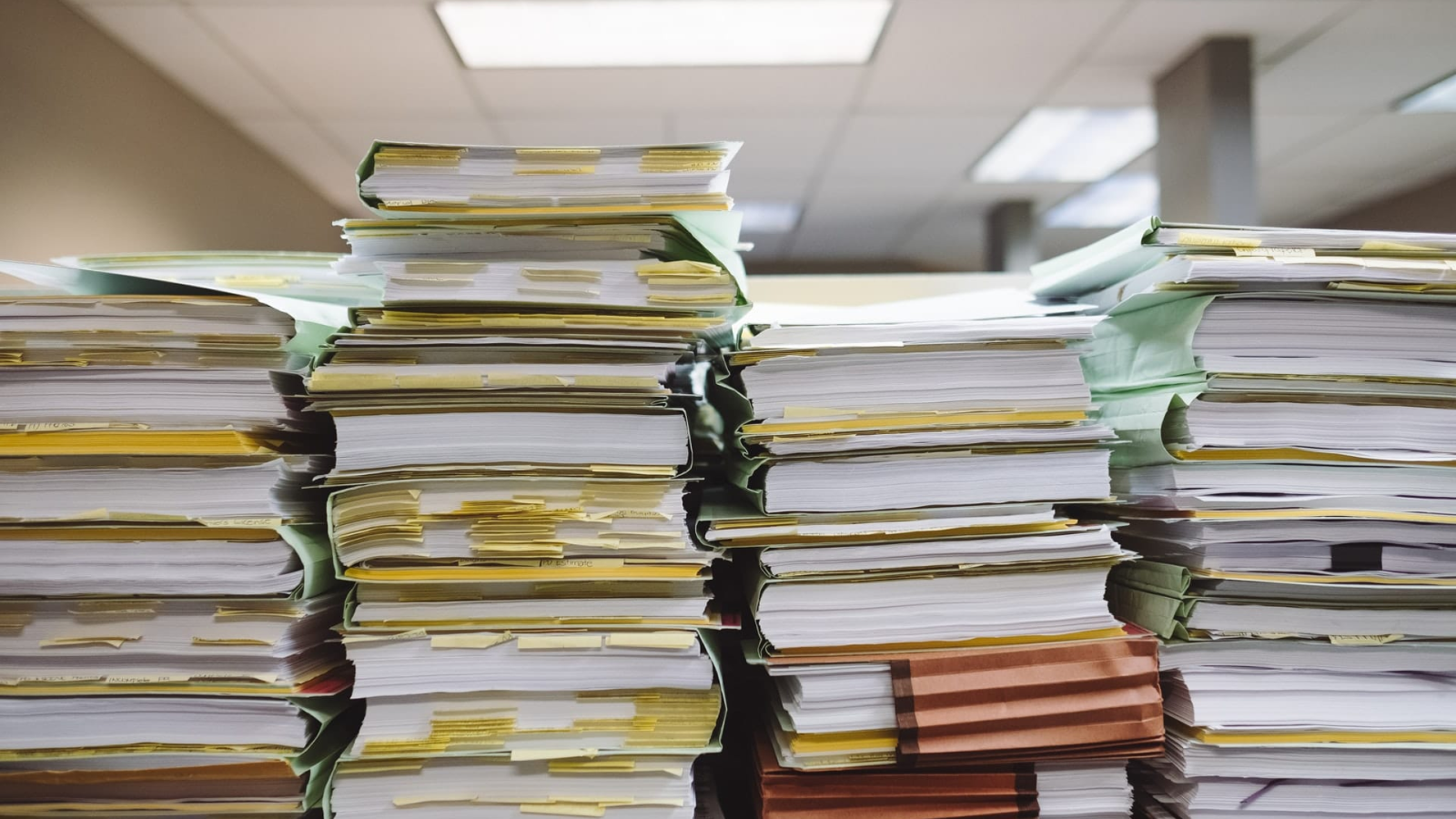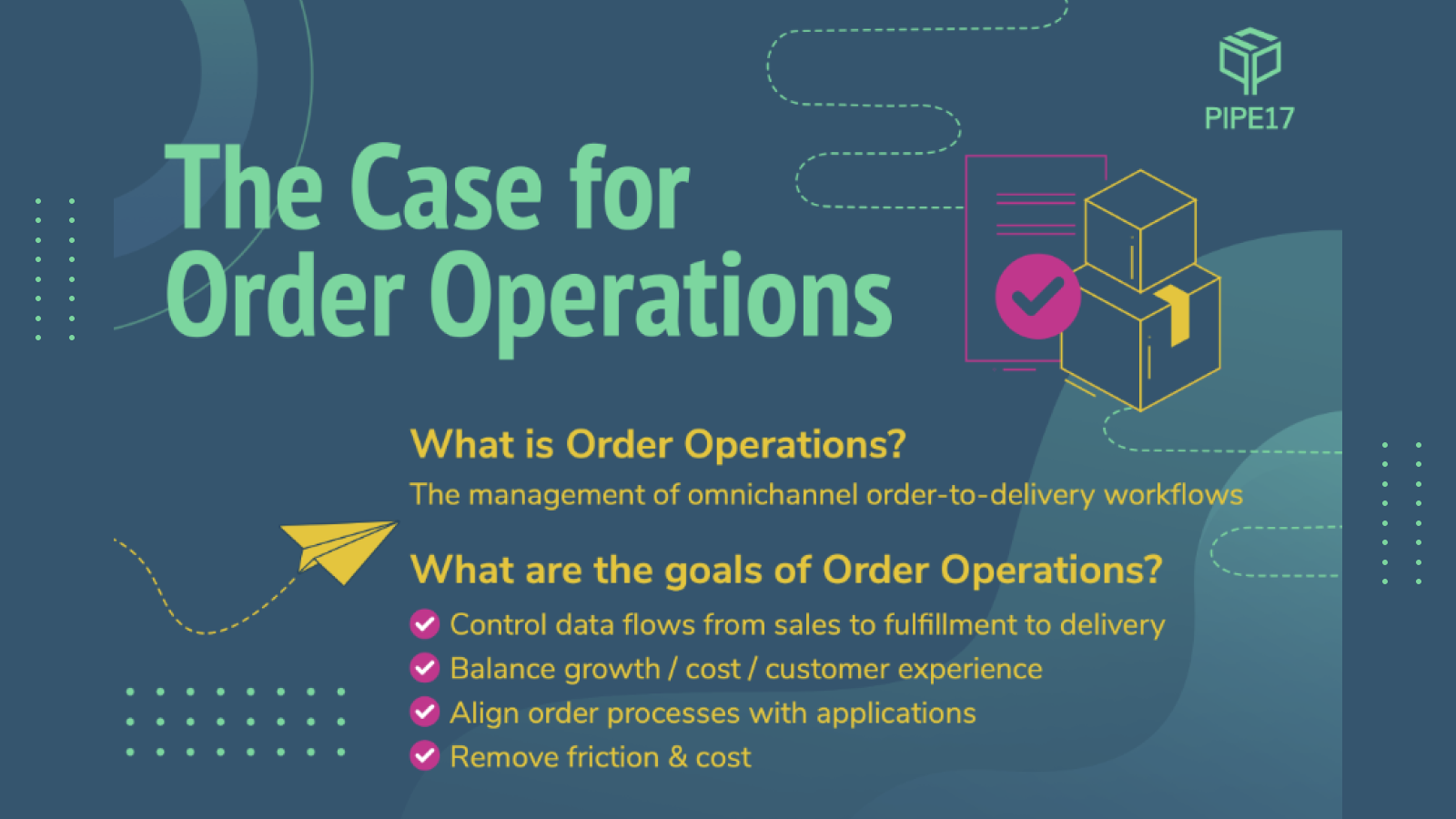The import and export of products is bound by international trade law, and for most of us, that means bureaucracy; specifically, the Harmonized Tariff Schedule, which is one of the most important aspects, whether you’re importing in bulk or drop-shipping from overseas.
The Harmonized Tariff Schedule of the United States (HTS or HTSUS) is a system used to classify trade goods for purposes of import and customs tax. The list is owned by the World Customs Organization (WCO) and maintained by the U.S. Customs and Border Protection Agency. It’s also set to change to meet the WCO standards on January 1, 2022, which will impact import and tariff duty rates across several industries.
If these HTS changes affect you, it’s important to prepare, assess how it impacts your imports, and take steps to minimize costs and damage.
What is the Harmonized System?
The Harmonized System was designed to create an international nomenclature, or naming system, across more than 5,000 commodity groups. Each of these groups has a six-digit code, followed by a four-digit code to produce the “Harmonized Tariff Schedule.” This combined 10-digit code is needed for imports and for calculating tariff duty rates.
On January 1, 2022, it’s going to update, moving the HTSUS in line with the current seventh version of the HTS. You can see the full 2022 HTS here.
And, with sweeping changes throughout the whole code, several industries will feel a ripple effect. These alterations include:
- 351 global updates
- 70+ new headings and subheadings
- 1,500 updates to U.S. HTS codes
Which industries are impacted?
Most changes center on frequently imported goods such as electrical and machine parts, wood, mechanical appliances and parts, textiles and apparel, and seafood. These include:
- 33 amendments to electrical machinery, parts, etc.
- 25 amendments to wood & articles of wood
- 21 amendments to mechanical appliances and parts
- 18 amendments to fish, crustaceans, and mollusks
- 14 amendments to organic chemicals
Some changes concern removal. For example, the code for telephone answering machines is being removed from the registry due to reduced volume of trade.
The updates also introduce many new codes. For example, pomace oil, petroleum resins, and organic compounds used in the manufacturing of chemical weapons each have a new code.
Not all changes are substantial; some are purely cosmetic. For example, the term “lamps” has been replaced with “luminaires.”
The most significant classification changes appear in chapter 85, where electronics like cameras, smart phones, and flat panel displays all have new subheadings.
Section 301 tariffs
Section 301 tariffs are applied based on the HTS. In this case, relevant import duties may go up or down depending on the code and any specific changes. Starting January 1, 2022, you can search the Office of the United States Trade Representative repository to see any relevant 301 tariffs applied to your eight-digit HTS subheading.
You can check that here. If you import from China, search here.
Importantly, not all tariffs will update immediately. Many simply won’t have any changes.
Getting ready for new HTS codes in 2022
It’s important to get started early so you’re prepared when changes do come into play. In most cases, this should consist of a multi-step assessment of your HTS codes:
- Make a full list of the HTS codes your company uses. You may want to rely on a classification specialist to ensure products are correctly mapped to codes.
- Check each for changes to the code, subheading, and description. Alterations to any of these could impact your importing.
- Check chapter and section notes for each product.
- Document a full list of changes.
- Review past customs rulings and identify any that affect your product codes.
These steps are important because you may see significant changes to how you pay tariffs. For example, if you claim substitution drawback and the HTS changes, you may no longer qualify.
Hopefully, you already have a document mapping your product codes to products. If you use a 3PL or any automation to generate forms and customs documents, you need to have that in place. With it, mapping changes will be a simple matter of going through your codes one by one, assessing which have changed, and making adjustments from there. It’s a good practice to flag any you’re unsure about — for example, if there are chapter or section notes you aren’t sure apply, or whether or not your product falls under one description or another.
Those ambiguities can be difficult to navigate without professional help, so it’s often useful either to hire a specialist to do the initial work or to assess the resulting mapped codes before you start to use them.
What to watch out for
HTS codes are moving towards a simpler, more transparent format. Most of the changes to the existing code are intended to make the code easier to use and to remove old products while adding new categories for rapidly changing technologies. However, you may experience some unforeseen consequences as a result. Namely, these would relate to:
- Substitution drawback – If you claim substitution drawbacks on one or more products, it may no longer apply. However, as substitution drawbacks can be filed for up to five years of previous import/export, your priority should be to ensure you don’t claim drawbacks on items that no longer qualify.
- Classifications – Check descriptions and rulings to verify that export classifications still align with new import codes.
- Duty calculations – If HTS changes raise or lower your duty rate for a given product, you need to have a strategy in place to maximize savings in response.
- Rulings – Customs rulings may no longer be valid until they update. This is difficult to predict though, and may require assessment with a specialist.
A single alteration to the HTS can result in thousands of changes across product databases. That will have wide-ranging repercussions for customs offices. However, as stated by the U.S. Customs and Border Protection Agency, the updates are intended to lower the cost and time expenditure of compliance. The end goal is to make HTS more accessible to importers, reduce the need for advisors, and offer transparency.
If you need a partner to help guide you through the complexities of eCommerce operations, just reach out to Pipe17 and learn how we can streamline your business.






